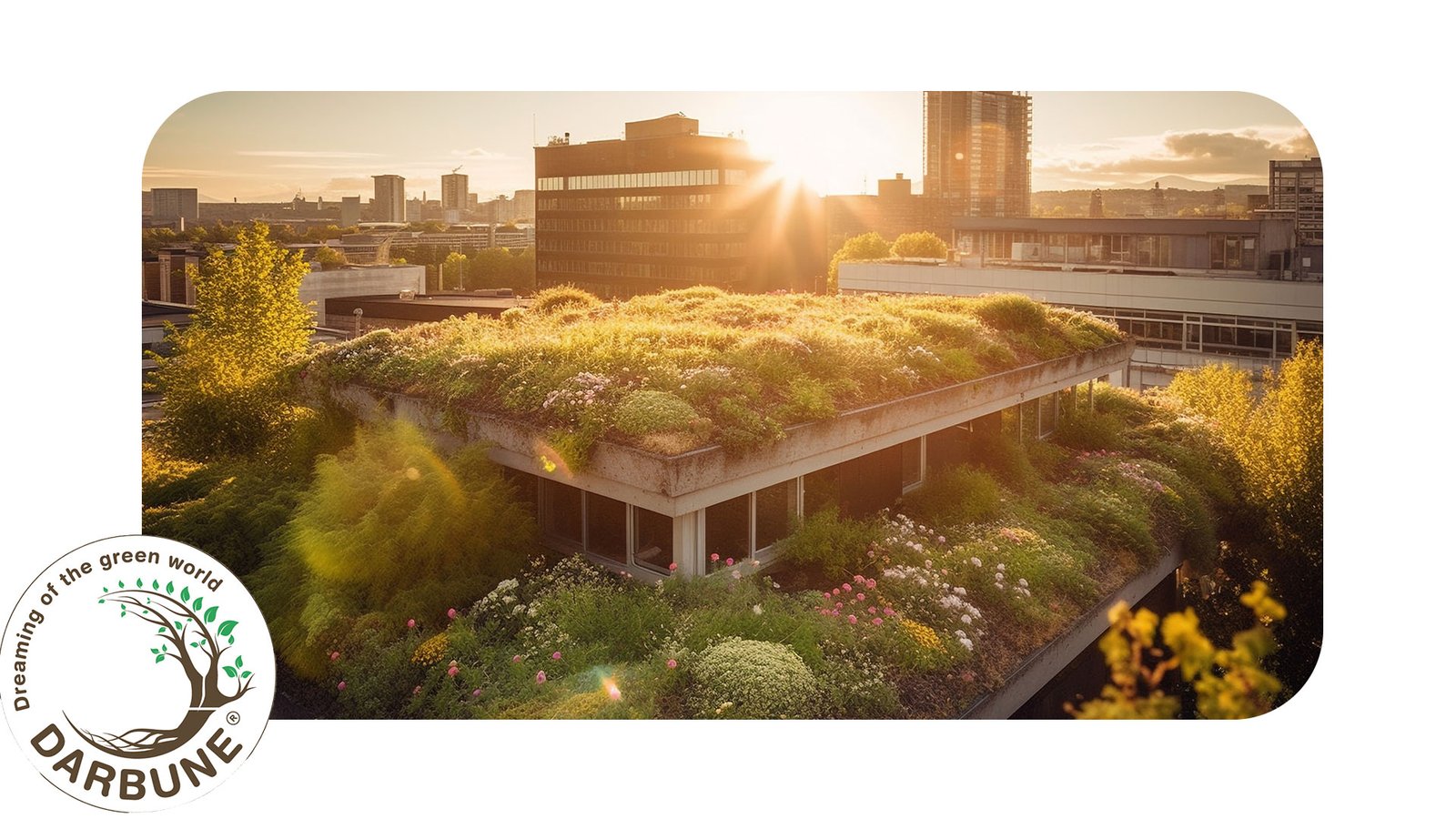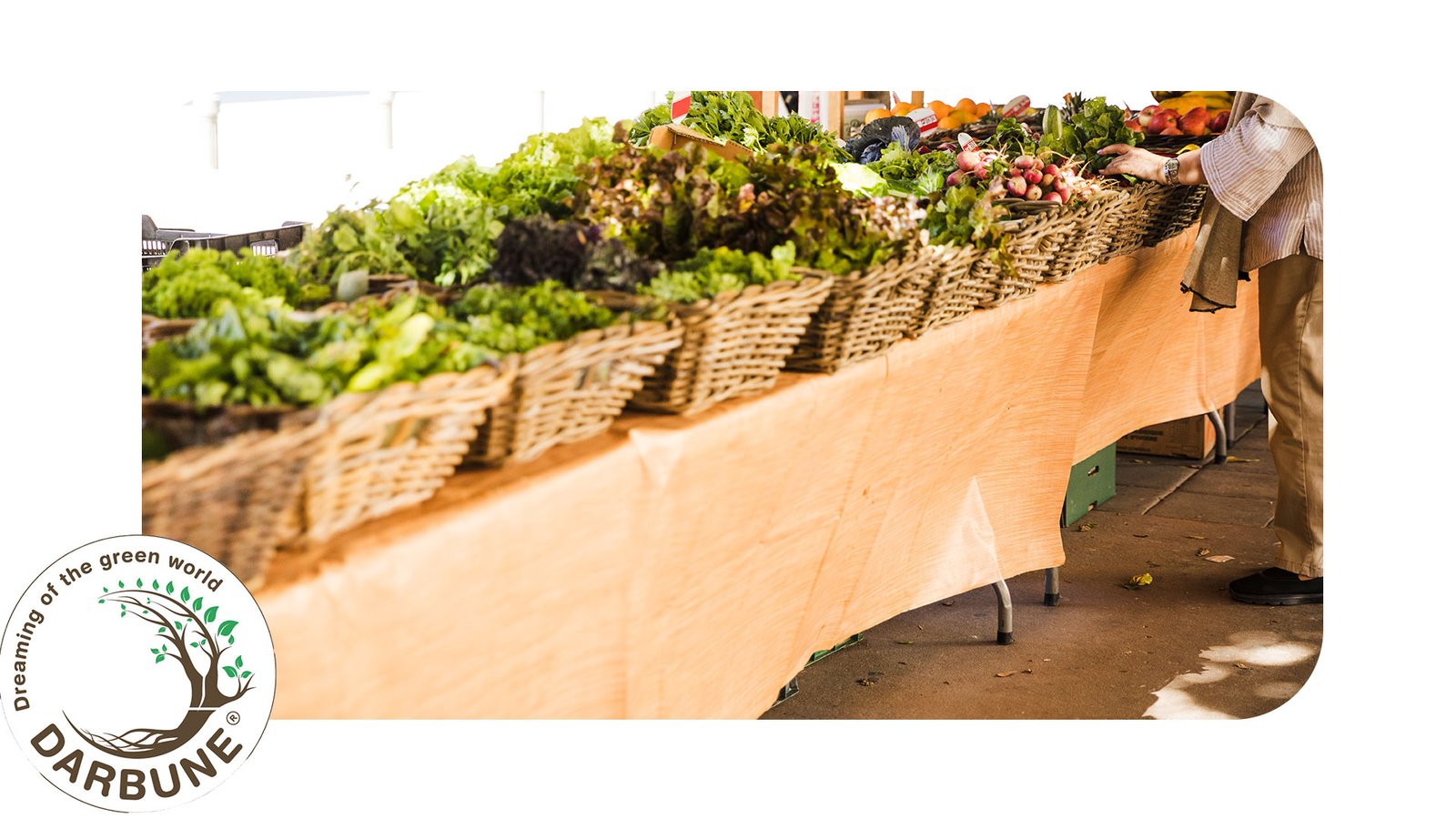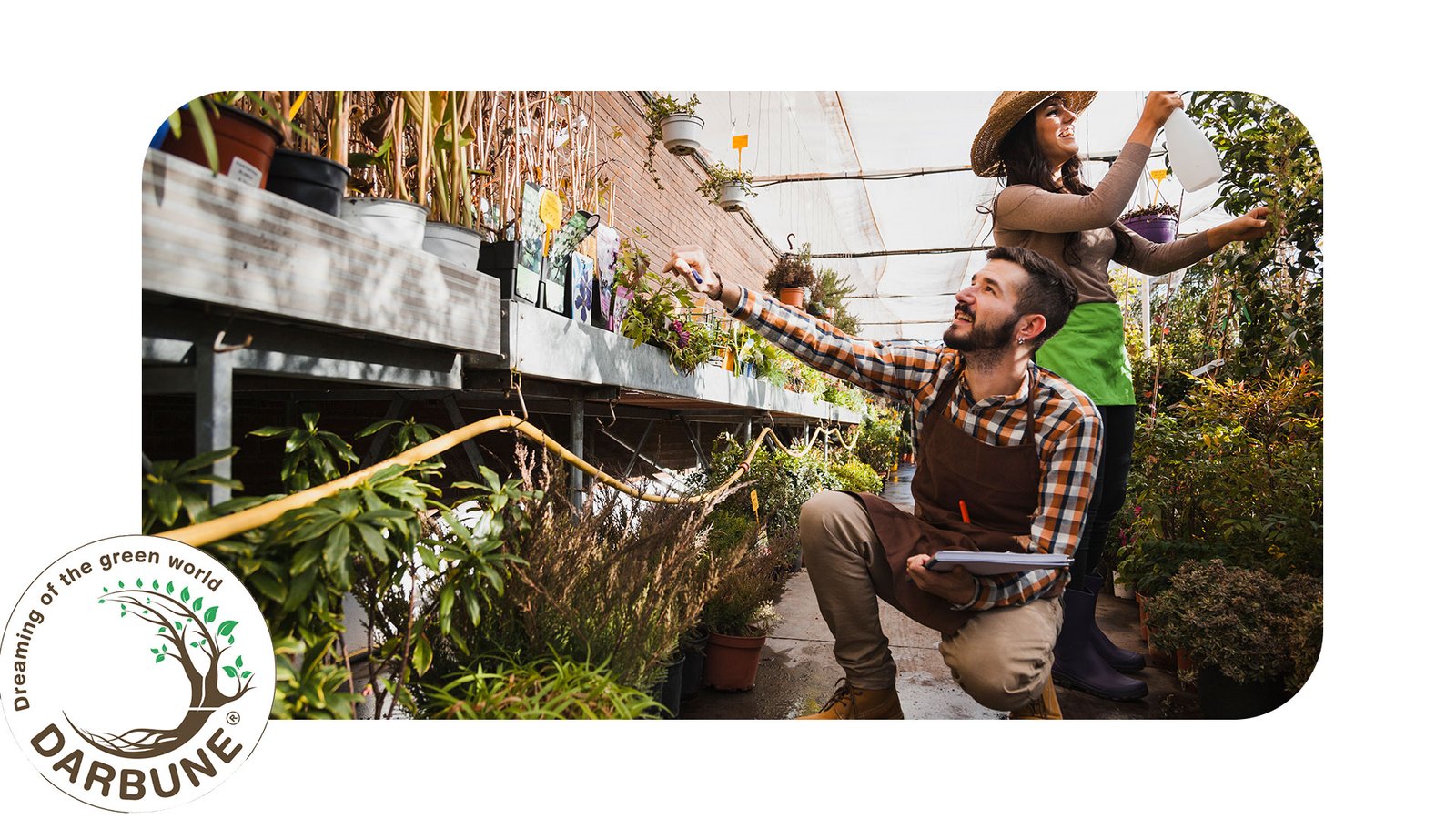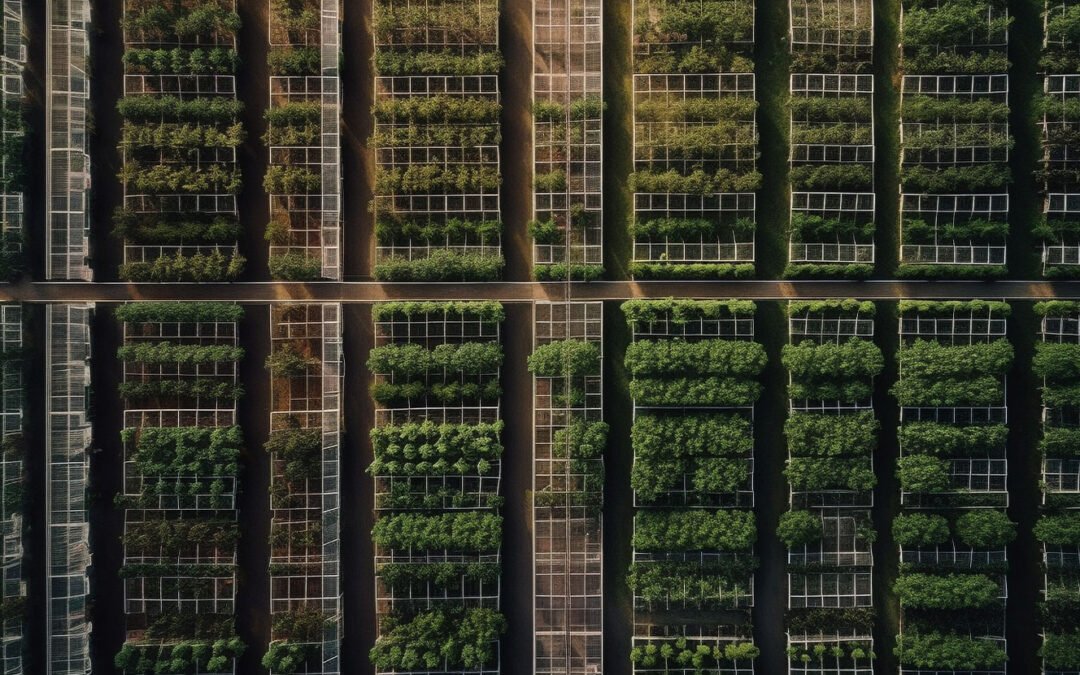If you are interested in different types of farming keep reading, Because starting an Urban Farm on a Rooftop is a great way to grow fresh produce in the city without spending much. With a little creativity and planning, knowing what to grow by reading our “Popular Plants to Grow” blog, you can turn your rooftop into a productive garden.

Steps Starting an Urban Farm on a Rooftop With a Low Budget
It is not that hard to start your urban farm on a rooftop with a limited budget, but it is better to know it also requires patience and energy. If you want to try indoor farming options take a look at our Indoor farming service or if you want to grow something special like Coffee, you can try our Cafe Farming service.
Here is our clear guide for helping you build your dream rooftop garden:
Check Building Codes: Before you start planting on your roof, it’s important that you check your local building codes to make sure that rooftop gardening is allowed. If you live in an apartment or condo, talk with the building owner or condo association to get their permission for rooftop gardening. If you live in a house, check with the homeowners’ association or look into local building codes for any restrictions related to height, aesthetics, or weight limits.
Choose Your Plants: Select plants based on the specific conditions of your rooftop. If your rooftop is strong, choose low growing plants and use heavy bottom planters to prevent them from tipping over. If you want to plant flowers, we recommend reading our blog about that.
Get Containers: Choose containers that suit your rooftop garden’s style and functionality. You can create simple five-gallon buckets with drainage holes, or you can create custom-raised beds for a more polished appearance. Ensure that all containers have adequate drainage to prevent water from sitting in the soil and causing root rot. Be mindful of the weight limits of your root; plastic or wooden containers are generally lighter than concrete or stone ones. If your apartment doesn’t receive enough sunlight, read “How to Start an Indoor Farm in a Small Apartment Without Sunlight” on our website to get informed.

Set Up Wind Blocks: If your rooftop is open, it’s crucial to set up windbreaks to protect your plants. You can use a trellis, a perimeter wall, or even large potted plants to act as barriers against heavy gusts. This will help to anchor your plants in the soil and prevent them from being blown over.
Prepare the soil: Since you can’t use ground soil on a rooftop, you’ll need to purchase soil and bring it up to your containers. Most plants thrive in well-draining soil rich in organic matter. Consider using potting soil mix organic compost to provide the necessary nutrients and drainage for your plants.
Plant Your Selections: Once your containers are prepared, dig holes in the soil and plant your chosen plants. Be sure to space them appropriately to allow for growth and airflow. After planting, water the plants thoroughly to settle the soil and help the roots establish.
Water the Plants: Watering is one of the important topics in farming, if you don’t know why read our blog about that but the easiest way to water a rooftop garden is with a watering can. However, for larger gardens or to avoid the hassle of carrying water up to the roof, you can set up more extensive watering systems. A popular option is to install a rain barrel to collect rainwater, which you can then use to water your plants. Alternatively, you can set up a drip irrigation system connected to a roof-level water spigot for consistent and efficient watering.
Benefits of Rooftop Urban Farming

Retaining Rainwater: Rooftop gardens can hold up to 90% of rainwater, depending on the soil you use. This means you won’t have to water them as often, and it helps plants grow better.
Plenty of Space: Rooftops offer a lot of unused space for gardening. In the U.S. alone, there are over 485 trillion square feet of roof space in cities, but less than 0.1%is used for farming. Most roofs are strong enough to support a garden.
Fewer pests: Rooftop gardens are less likely to be bothered by large pests like rabbits or deer. There’s also less chance of human interference. For smaller pests, keeping your soil healthy can help.
Better Air Flow: Good airflow is important for plant growth, it is better to know that on rooftops, natural wind can help replace the carbon dioxide around plants, similar to how fans are used in greenhouses.
Positive Effects of Urban Noise: Studies show that ambient sound can help plants grow faster and healthier. Rooftops in cities are usually noisier than in rural areas, which might benefit plant growth.
Access to sunlight: Rooftops get a lot of sunlight, which is great for growing plants. This extra sunlight can extend the growing season, allowing you to start planting earlier in the spring and continue later into the fall.
After all the benefits that Rooftop Farming offers, you can try Vertical Farming or Hydroponic Farming.
Disadvantages of Rooftop Urban Farming

Here are a couple of downsides to rooftop growing. First, the weight of a rooftop garden might be too much for some roofs to handle, so not all roofs are suitable for this. Second, there are zoning rules in some areas that might not allow you to grow plants on roofs. It’s important to check with local authorities or property managers before starting a rooftop garden to ensure you comply with any regulations.
So what do you think about Rooftop Urban Farming? Is it really with it for you or not?
Conclusion
Starting an urban farm on a rooftop is a cost-effective and rewarding way to grow fresh produce in the city. With a bit of creativity and planning and checking our plans, you can transform your rooftop into a productive garden. Remember to check local building codes, choose suitable plants, and set up appropriate containers and wind blocks. Preparing the right soil and having an inefficient watering system are key steps. Rooftop farming offers numerous benefits, such as retaining rainwater, fewer pests, better airflow, positive effects of urban noise, and access to sunlight. However, consider potential disadvantages like the weight limit of roofs and zoning regulations. Overall, rooftop urban farming can be an excellent way to enjoy gardening in the city while reaping the benefits of fresh, homegrown produce, read more about Urban Rooftop Farming on the USDA’s main website!


Trackbacks/Pingbacks